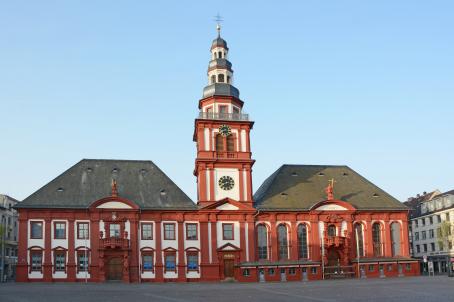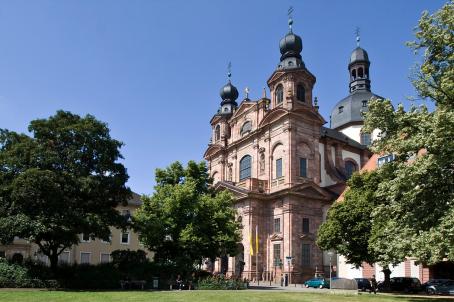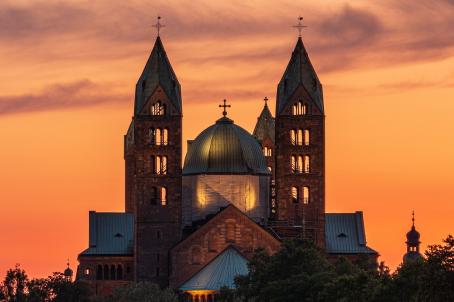Church of the Holy Spirit

The Church of the Holy Spirit is a building built between 1398 and 1515, mixing Gothic and Baroque architecture. Originally used as a burial place for the electors of the Palatinate, most of the tombs were destroyed along with parts of the church during the Nine Years' War (1688-1697). From 1706, the church was divided into two parts between a Protestant and a Catholic side, but after 1936 it became entirely Protestant.





